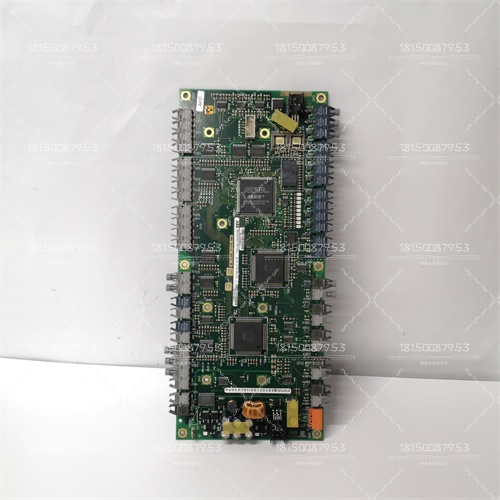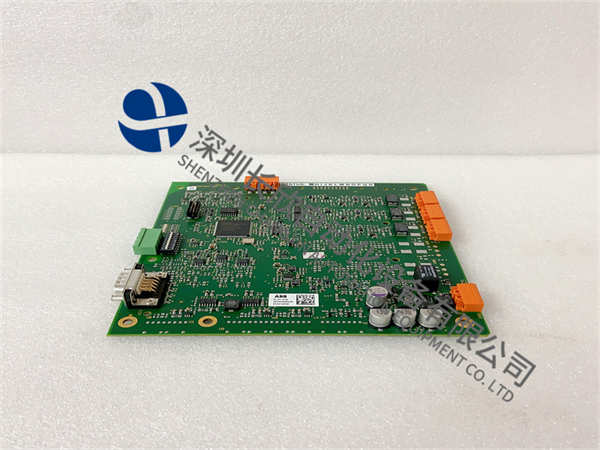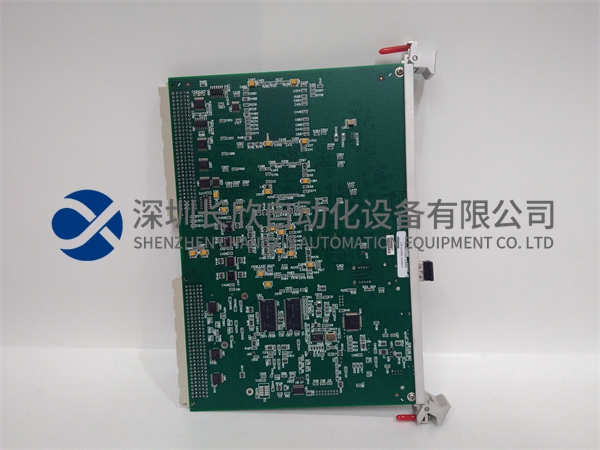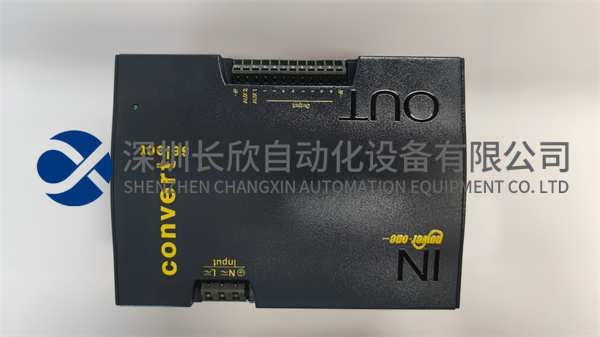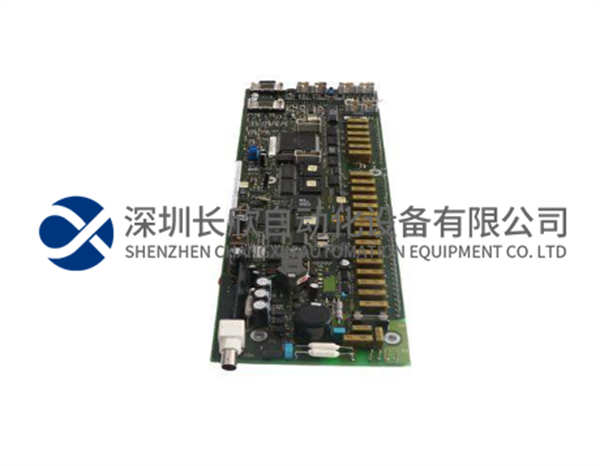描述
一、产品概述
型号:UFC760BE42 3BHE004573R1042
系列:ABB UFC系列(控制与接口单元)
核心定位:
作为ABB高压保护装置(如REL670、RED670等)的控制核心,负责处理保护逻辑、执行跳闸/合闸命令、管理通信接口及人机交互。
也可作为独立模块,用于扩展保护装置的I/O能力或实现特定控制功能(如断路器失灵保护、联锁逻辑等)。
典型应用场景:
220kV及以上电压等级的输电线路保护。
发电厂、变电站的出线保护与控制。
智能变电站中与合并单元(MU)、智能终端(IT)的接口。
二、硬件规格
1.处理器与性能
CPU:
采用高性能32位微处理器(如ARM Cortex-M系列或等效芯片),主频≥100MHz,满足实时保护计算需求。
内存:
Flash:≥2MB(存储程序与定值)。
RAM:≥512KB(运行数据缓存)。
实时时钟(RTC):
内置高精度RTC,支持事件时间戳记录(精度±1s/月)。
2.输入/输出(I/O)配置
数字输入(DI):
通道数:16路可编程DI(部分型号支持扩展至32路)。
电压等级:110V DC或220V DC(无源触点,耐压≥2500V)。
典型用途:断路器位置、隔离开关位置、保护动作信号、闭锁信号等。
数字输出(DO):
通道数:12路可编程DO(部分型号支持扩展至24路)。
电压等级:250V DC/125V AC,5A(继电器触点,耐压≥2500V)。
典型用途:跳闸、合闸、报警、信号复归、启动失灵等。
模拟输入(AI):
通道数:4路可编程AI(部分型号支持8路)。
输入范围:0-5V或4-20mA(需外接传感器)。
典型用途:温度、压力、气体密度等非电气量监测(如变压器油温、SF6压力)。
特殊接口:
断路器控制接口:支持分/合闸线圈直接驱动(需配置外部电源模块)。
同步信号接口:提供GPS对时输入(IRIG-B或PPS信号),实现全站时间同步。
3.通信接口
串行通信:
RS-485:2个端口,支持Modbus RTU协议(速率9600bps至19200bps),用于连接本地监控终端。
RS-232:1个端口,用于调试或升级固件(速率115200bps)。
以太网通信:
标准配置:1个10/100Mbps以太网口,支持IEC 60870-5-103或DNP3.0协议(需通过软件配置)。
可选配置:支持IEC 61850-9-2(通过光纤以太网模块实现,需额外订购)。
光纤接口:
ST/SC接口:支持多模光纤(850nm),用于长距离通信(如站间保护信号传输)。
4.人机界面(HMI)
显示屏:
类型:单色LCD(分辨率128×64像素)或彩色TFT LCD(部分高端型号)。
显示内容:保护动作信息、测量值、定值组、事件记录等。
按键:
数量:6个功能按键(上、下、左、右、确认、返回)。
功能:菜单导航、参数修改、信号复归、事件查询等。
LED指示灯:
状态指示:电源、运行、故障、通信等(颜色区分,如绿色=正常,红色=故障)。
5.物理特性
尺寸:
标准19英寸机架安装(宽度约144mm,高度约177mm,深度约250mm)。
重量:
约3.5kg(含外壳及接线端子)。
防护等级:
IP40(防尘、防溅水,适用于室内环境)。
工作温度:
-10℃至+55℃(工业级环境适应性)。
三、软件功能
1.保护逻辑处理
主保护支持:
作为保护装置的核心模块,支持纵联差动保护、距离保护、方向过流保护等算法(需配合主保护板卡)。
后备保护:
实现零序保护、过电压保护、低周减载等后备功能。
定制化逻辑:
通过功能块图(FBD)或梯形图(LD)编程,实现复杂控制策略(如断路器失灵启动、联锁跳闸等)。
2.定值管理
多套定值组:
支持4套独立定值组(如正常运行、检修、特殊方式等),可现场切换或远程修改。
定值校验:
内置定值合理性检查,防止误整定(如距离保护定值需满足线路参数约束)。
3.事件记录与故障分析
事件记录:
记录最近1000次事件(包括保护动作、开关变位、定值修改、通信中断等)。
故障录波:
支持COMTRADE格式录波,记录故障前后的电压、电流波形(采样率≥1kHz)。
录波数据可通过专用软件(如ABB PCM600)分析。
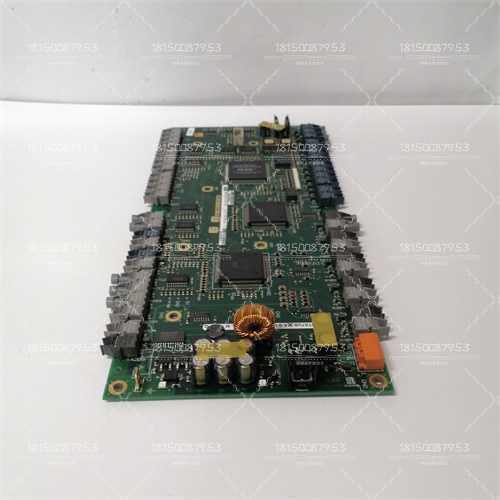
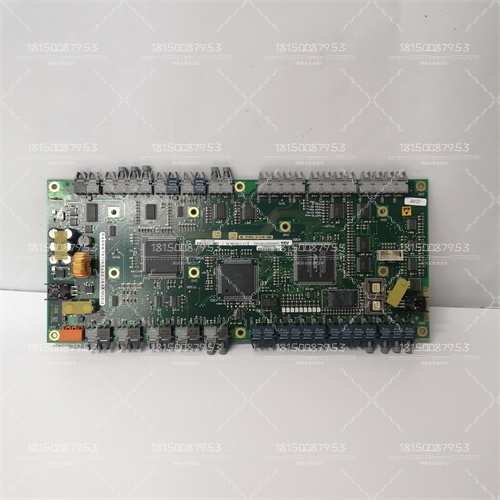
1.Product Overview
Model:UFC760BE42 3BHE004573R1042
Series:ABB UFC series(control and interface unit)
Core positioning:
As the control core of ABB high-voltage protection devices(such as REL670,RED670,etc.),it is responsible for processing protection logic,executing tripping/closing commands,managing communication interfaces and human-computer interaction.
It can also be used as an independent module to expand the I/O capabilities of the protection device or implement specific control functions(such as circuit breaker failure protection,interlocking logic,etc.).
Typical application scenarios:
Protection of transmission lines with voltage levels of 220kV and above.
Outgoing line protection and control of power plants and substations.
Interfaces with merging units(MUs)and intelligent terminals(ITs)in smart substations.
2.Hardware specifications
1.Processor and performance
CPU:
Adopts high-performance 32-bit microprocessors(such as ARM Cortex-M series or equivalent chips)with a main frequency of≥100MHz to meet real-time protection computing requirements.
Memory:
Flash:≥2MB(stores programs and constants).
RAM:≥512KB(running data cache).
Real-time clock(RTC):
Built-in high-precision RTC,supports event timestamp recording(accuracy±1s/month).
2.Input/output(I/O)configuration
Digital input(DI):
Number of channels:16 programmable DI(some models support expansion to 32).
Voltage level:110V DC or 220V DC(passive contact,withstand voltage≥2500V).
Typical uses:circuit breaker position,disconnector position,protection action signal,locking signal,etc.
Digital output(DO):
Number of channels:12 programmable DO(some models support expansion to 24).
Voltage level:250V DC/125V AC,5A(relay contact,withstand voltage≥2500V).
Typical uses:tripping,closing,alarm,signal reset,start failure,etc.
Analog input(AI):
Number of channels:4 programmable AI(some models support 8 channels).
Input range:0-5V or 4-20mA(external sensor required).
Typical applications:non-electrical quantity monitoring such as temperature,pressure,gas density(such as transformer oil temperature,SF6 pressure).
Special interfaces:
Circuit breaker control interface:supports direct drive of opening/closing coils(external power supply module required).
Synchronous signal interface:provides GPS timing input(IRIG-B or PPS signal)to achieve full station time synchronization.
3.Communication interface
Serial communication:
RS-485:2 ports,supporting Modbus RTU protocol(rate 9600bps to 19200bps),used to connect local monitoring terminals.
RS-232:1 port,used for debugging or upgrading firmware(rate 115200bps).
Ethernet communication:
Standard configuration:1 10/100Mbps Ethernet port,supporting IEC 60870-5-103 or DNP3.0 protocol(needs to be configured through software).
Optional configuration:Supports IEC 61850-9-2(implemented through fiber optic Ethernet module,needs to be ordered separately).
Fiber optic interface:
ST/SC interface:supports multimode fiber(850nm)for long-distance communication(such as inter-station protection signal transmission).
4.Human-machine interface(HMI)
Display:
Type:monochrome LCD(resolution 128×64 pixels)or color TFT LCD(some high-end models).
Display content:protection action information,measurement values,setting groups,event records,etc.
Keys:
Quantity:6 function keys(up,down,left,right,confirm,return).
Function:menu navigation,parameter modification,signal reset,event query,etc.
LED indicator:
Status indication:power,operation,fault,communication,etc.(color distinction,such as green=normal,red=fault).
5.Physical characteristics
Dimensions:
Standard 19-inch rack installation(width about 144mm,height about 177mm,depth about 250mm).
Weight:
About 3.5kg(including housing and terminal blocks).
Protection level:
IP40(dustproof,splashproof,suitable for indoor environment).
Operating temperature:
-10℃to+55℃(industrial grade environmental adaptability).
III.Software functions
1.Protection logic processing
Main protection support:
As the core module of the protection device,it supports algorithms such as longitudinal differential protection,distance protection,and directional overcurrent protection(need to cooperate with the main protection board).
Backup protection:
Realize backup functions such as zero-sequence protection,overvoltage protection,and low-frequency load reduction.
Customized logic:
Through function block diagram(FBD)or ladder diagram(LD)programming,complex control strategies(such as circuit breaker failure start,interlock tripping,etc.)can be realized.
2.Setting value management
Multiple setting value groups:
Supports 4 independent setting value groups(such as normal operation,maintenance,special mode,etc.),which can be switched on-site or modified remotely.
Setting value verification:
Built-in setting value rationality check to prevent missetting(such as distance protection setting value must meet line parameter constraints).
3.Event recording and fault analysis
Event recording:
Record the latest 1000 events(including protection action,switch position change,setting value modification,communication interruption,etc.).
Fault recording:
Supports COMTRADE format recording,recording voltage and current waveforms before and after the fault(sampling rate≥1kHz).
The recording data can be analyzed by dedicated software(such as ABB PCM600).
ABB Model: GBU72 3BHE055094R0002 Model: 3BHE055094R0002 GBU72 Model: GBU72 Model: 3BHE055094R0002 Model: 3BHE031197R0001 Model: 3BHB030310R0001 Model: 73BHE055094R0002 GBU72 Model: 73BHE055094R0002 Model: GBU72 Model: ABB PCS6000 PRODUCT FAMLIY ABB 5SHY4045L0006 3BHB030310R0001 3BHE039203R0101 GVC736CE101

